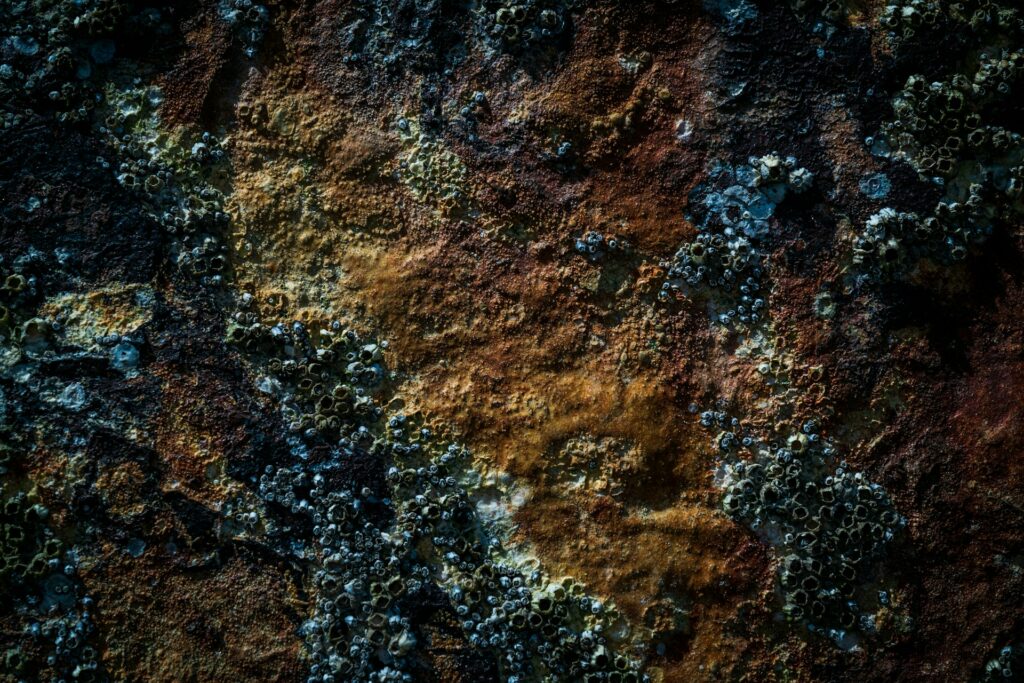Most Recent News


Popular News




Electoral corruption is our culture, heritage, and legacy.

Leftists are still in La La Land, thinking the United States elections are both secure and resilient against electoral corruption.
Normiecons have finally had the glass shattered. Since 2020, most now recognize that our elections are prone to disaster. But they still misguidedly think this problem started in 2020, and elections prior to then were safe and sound.
Dissidents generally know that elections have been troubled for quite a while. We know that all recent-memory candidates have been first vetted by our true rulers. If not directly vetted, then the uniparty rulers at least know the candidates can be indirectly controlled. From my talks with various dissidents, this distrust generally starts around the time when the ruling class shot JFK in the head and then “lost” his brain before the autopsy could prove he was shot from a different direction than where Lee Oswald was.
Trust in modern elections is low with this group, otherwise they would not be dissidents—they’d be system advocates and activists (like leftists and normiecons). But not all dissidents distrust historic elections, just modern ones.
Which means we can still dig even deeper than the first three positions.
We need to find the disinterested historian. Because the historian who is not interested in any narrative about our past will conclude that the United States has a history of electoral corruption dating back to its founding and continuing to this day.
Our true electoral corruption is both modern and historic.
It’s in our culture.
A few early examples that even exhibit electoral corruption on the federal level include the election of 1800, 1824, and 1876:
There are three clearly corrupt elections just within one hundred years of our founding.
Even worse: These are just federal examples. Local political machines are often far worse.
Consider just New York City in the Gilded Age:
William “Boss” Tweed and Political Machines
The corruption in New York City’s government went far beyond greed, however; it cheapened the rule of law and degraded a healthy civil society. Most people in local government received their jobs because of patronage rather than merit and talent. The Tweed Ring also manipulated elections in a variety of ways. It hired people to vote multiple times and had sheriffs and temporary deputies protect them while doing so. It stuffed ballot boxes with fake votes and bribed or arrested election inspectors who questioned its methods. As Tweed later said, The ballots made no result; the counters made the result. Sometimes the ring simply ignored the ballots and falsified election results. Tammany candidates often received more votes than there were eligible voters in a district. In addition, the ring used intimidation and street violence by hiring thugs or crooked cops to sway voters’ minds and received payoffs from criminal activities it allowed to flourish.
The Gilded Age has hundreds of studies that point to the widespread electoral corruption of the era, included ballot shenanigans, political machinery, and outright fraud.
In fact, one study goes so far to say that election fraud reached its “nadir” in this era. And that electoral corruption occurred in virtually every state of the era.
I’d disagree with the first point, as we are rapidly approaching comparable levels today, but it gets the point across that we have a legacy of this:
A Symbiotic Relationship: Vote Fraud and Electoral Reform in the Gilded Age
In 1892 fifty-five former election officials began serving prison terms at hard labor for their actions at 16 precincts during the election of 1889 in Jersey City, New Jersey. A legislative investigation had concluded that approximately 10,000 fraudulent ballots were cast that year—more than one-third of the city’s votes (Sackett 1895: 321–55; McCormick 1953: 171–73). For many observers the episode’s most remarkable feature was not the criminal behavior but the arrest and conviction of the perpetrators. Contemporary accounts of Gilded Age politics attest to electoral chicanery in virtually every state (Davenport 1881; Harris 1929: 1–20; McCook 1892; Summers 1987: 51–67; Benson 1978: 169–85). Many present-day scholars contend that electoral corruption reached its nadir in the nineteenth century.
Even in more recent memory is the incident of the 1982 Chicago election. Over 100,000 fraudulent ballots were cast in that election. The Justice Department investigated the election and convicted 63 people of voter fraud, including things such as vote buying, impersonation fraud, fictitious voter registrations, phony absentee ballots, and voting by non-citizens. The political machines have not changed much, it seems.
For those who want to “return to the good ol’ days”, here they are.
Say hello to the old corruption, the same as the new corruption.
The harsh truth is that you fix nothing by going backwards in American history. It was just as corrupt then as it is now. The only real solution is moving forward away from this system.
Elections have never been “secure” in this country. On the contrary, they’ve always been wicked and corrupt.
It’s just more obvious now.
Read Next: Voter Turnout In The Historic American Republic
If you enjoyed this article, bookmark the website and check back often for new content. New articles most weekdays.
You can also keep up with my writing by joining my monthly newsletter.
Help fight the censorship – Share this article!

(Learn More About The Dominion Newsletter Here)